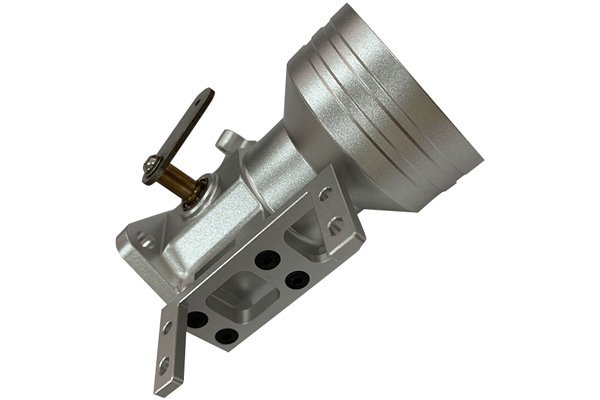Opening
Did you know that the global CNC machining market is projected to surpass $100 billion by the end of 2025? With the rapid growth in industries such as aerospace, automotive, and medical equipment, maintaining quality control in CNC processing is more crucial than ever. As businesses increasingly rely on CNC manufacturers to produce precision parts, the question arises: How can you ensure these manufacturers meet high-quality standards and maintain consistent performance? In this blog post, we will explore the intricacies of quality control in CNC machining, delve into methodologies for assessment, and provide actionable solutions you can implement to ensure that your CNC processing manufacturers adhere to industry standards.
—
Understanding Quality Control in CNC Machining
Quality control (QC) is the systematic measurement, comparison with a standard, and monitoring of processes. In CNC machining, QC refers to the practices that ensure components meet specified dimensional, structural, and surface quality criteria. Factors affecting quality control in CNC machining include:
The Importance of Quality Control in CNC Processing
Quality control ensures that the parts produced are consistent, reliable, and safe to use. Here’s why effective QC is critical in CNC machining:
How to Ensure Quality Control in CNC Processing
Establishing clear, measurable quality standards is the first step. Your specifications should adhere to industry standards, such as ISO 9001, and include parameters like tolerances, material characteristics, and surface finish requirements.
Before engaging with a CNC processing manufacturer, conduct thorough due diligence:

Regular audits of your CNC machining suppliers can help you assess their capabilities and adherence to your quality requirements. During an audit, focus on the following:
Incorporating technology into the QC process can yield remarkable benefits. Consider implementing real-time quality monitoring systems that utilize IoT devices to:
In addition to human inspections, automation can enhance quality control. Automated inspection tools, such as vision systems or laser scanners, can quickly and accurately measure produced parts, identifying defects and inconsistencies.
Developing feedback mechanisms between the manufacturer and your business can encourage continuous improvement. Share any concerns about quality or performance with the manufacturer and express your requirements for future production runs.
Request comprehensive documentation from your CNC processing manufacturer that outlines quality control procedures, inspection reports, and compliance certifications. This documentation serves as a reference point and can be crucial during audits.
Perform random inspections on received parts to verify adherence to quality standards. These audits should focus on key dimensions, critical features, and surface finishes.
In conclusion, ensuring that CNC processing manufacturers uphold high-quality standards is an intricate yet rewarding process. By establishing clear quality standards, assessing manufacturer credentials, conducting audits, and employing advanced monitoring techniques, you can confidently select a CNC manufacturer that meets your needs. Remember the core concepts covered in this blog: the significance of quality control in maintaining customer satisfaction, the importance of compliance with industry standards, and effective methodologies for achieving consistent quality.
As the CNC machining industry grows and evolves, so does the impact of quality control on manufacturing processes. Organizations that prioritize quality not only foster customer loyalty but also position themselves strategically in a competitive market. Investing time and resources in understanding and implementing robust quality control measures is not just beneficial but essential for the success of any machining operation.
Now, let’s reflect on the importance of building lasting relationships with suppliers and recognizing that quality is a shared responsibility—one that relies on collaboration, transparency, and constant improvement. Engaging in these practices will not only enhance the quality of your products but also strengthen your brand reputation in an increasingly quality-conscious market.






